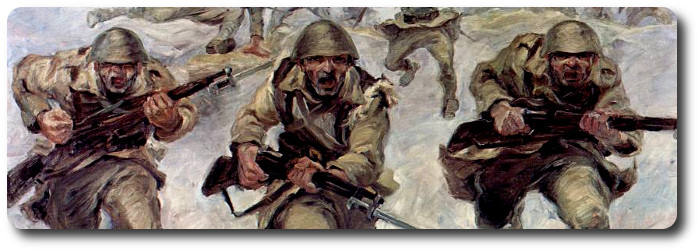Topic: Wolseley Barracks
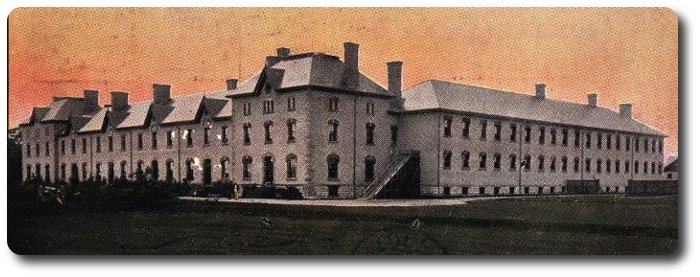
The Old Barracks
Off Parade; newsletter of No. 1 District Depot, Wolseley Barracks, July 1946
By: Colonel Francis B. Ware, D.S.O., V.D.
For more than two decades following the Rebellion of 1837, London was garrisoned by famous British regiments, and many are the stories told of the gay life of the young city, as its charming debutantes flirted, danced and married the dashing young soldiers of the Queen.
In those far-off days of a century ago, Victoria Park, Wellington Street to waterloo and Piccadilly south to Dufferin Avenue was all Government property, reserved for barracks, ordnance and supply depots and parade grounds, while there may be some who still remember the depression where the C.P.R. station and freights sheds now stand, for there the Royal Engineers created Lake Horne, as shown on the early maps of London, where in the summertime the troops enjoyed, with their civilian friends, boating, swimming, and aquatic sports.
And then with the withdrawal of the Imperial garrisons and the gradual transfer of the army property to the Corporation of London and to individuals for park and residential purposes, the Government purchased the old Carling farm and the south-east corner of Oxford and Adelaide Streets and there, for over three-quarters of a century, the Cavalry, Artillery and Infantry regiments of the district have carried out their annual training.
The increasing interest being shown in the various volunteer units of the district, and the activity accentuated by the departure in April, 1885, of the Seventh Fusiliers to the Canadian North-West to help quell the Riel Rebellion was no doubt a contributing factor in the decision that London, the capital of the prosperous and growing counties of south-western Ontario, was the logical spot for the establishment of the new military school, to be built on Carling Heights at the north-west corner of the farm.
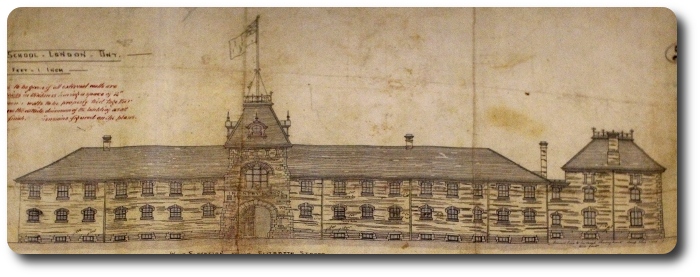
The first sod was turned and the great building started on the 5th May, 1886. Two million bricks were made by the old London firm of Walker, Bros., for the general contractors, Messrs. Hook & Toll and, on Dominion Day, the 1st of July, the foundations were in and all was in readiness for the ceremony of the laying of the cornerstone.
It was a gala day in London, with the camp in full operation, and over 5,000 visitors thronged the streets of the young city.
Sir Adolphe Caron, the Minister of Militia, had come from Ottawa to officially lay the stone, the distinguished visitor and the senior officers attending camp were tendered a banquet at the City Hall and, at its close, the troops which had been on the route march escorted Sir Adolphe and his party, which included Sir John Carling, Mr. A. McKenzie, M.P.P., and Mr. W.R. Meredith, M.P.P., to the decorated platform on the Heights, where Mayor Hodgins read the address of welcome.
With the stone well and truly laid, the official party and the thousands of visitors witnessed a stirring Review of the three thousand men attending camp, and then came one of those old-fashioned sham fights with the opposing forces fighting in plain view of each other.
The plans of the building proved the architect of the day to be one of vision. The frontal section, which commanded a fine view of the camp and the city to the south-west, provided quarters for the Commandant, senior and junior officers, mess and lecture rooms and offices. The east wing contained the N.C.O.'s married quarters, men's dormitories and mess rooms, band and store rooms; while the west wing had married quarters, Sergeants' mess, guard rooms and the station hospital.
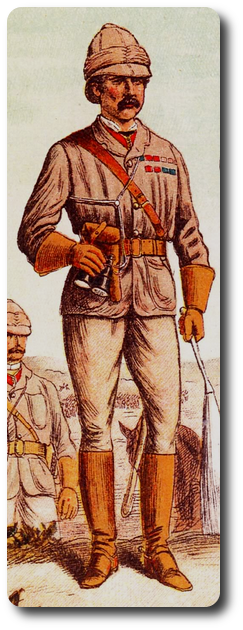 In 1867, there came to Canada, as the senior Staff Officer, a brilliant young soldier who, though but 34 years of age, had already seen service in the Crimea, at the Relief of Lucknow and in China, and who, in 1870, was chosen by Ottawa to command the Red River Expedition to the then almost unknown Canadian West, where the rebel Louis Riel headed an uprising to establish a Republic of North-West Canada.
In 1867, there came to Canada, as the senior Staff Officer, a brilliant young soldier who, though but 34 years of age, had already seen service in the Crimea, at the Relief of Lucknow and in China, and who, in 1870, was chosen by Ottawa to command the Red River Expedition to the then almost unknown Canadian West, where the rebel Louis Riel headed an uprising to establish a Republic of North-West Canada.
After incredible hardships and difficulties encountered in moving the Force from the head of Lake Superior to the rebel station at Fort Garry (Winnipeg) the uprising was subdued, and a garrison left to prevent further trouble.
In 1882, as a reward for his distinguished service, this young officer was promoted to the rank of General, and raised to the Peerage with the title Baron Wolseley of Cairo and Wolseley.
It was, therefore, most fitting that Ottawa should decide to call the new Military School "Wolseley Barracks," in recognition of the great service which that gallant officer had rendered to Canada during his tour of duty here.
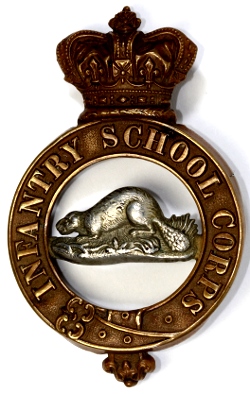 The School was formerly opened on the 31st March, 1888, with Colonel Henry Smith, a veteran of the North-West Rebellion of 1885, as Commandant, and the barracks became headquarters of "D" Company, Royal Infantry (sic). The establishment of the School was six Officers and one hundred N.C.O.'s and men, many of whom were recruited locally; and then started the first courses of instruction.
The School was formerly opened on the 31st March, 1888, with Colonel Henry Smith, a veteran of the North-West Rebellion of 1885, as Commandant, and the barracks became headquarters of "D" Company, Royal Infantry (sic). The establishment of the School was six Officers and one hundred N.C.O.'s and men, many of whom were recruited locally; and then started the first courses of instruction.
Space will not permit me to dwell on the glories of the old barracks, which today stand strong, barely showing effects of the sixty years that have passed since the cornerstone was laid, but what a multitude of pictures pass in review before memory's eye — The Royal Canadian Regiment and the Princess Patricia's Canadian Light Infantry; the courses attended by officers and N.C.O.'s from all over Canada, many of whom distinguished themselves on the field of battle; the Permanent Force officers of other days, Smith, Dennison, Peters, Young, MacDougall, Hodgins, Shannon, MacDonnell, Carpenter, Gibsone, Uniacke, Eaton, Hill, Hemming, Balders and others; the brilliant dress uniforms of the officers, their dog-carts and horses; the band concerts on the terrace, and the drums on the Square; the stately mess dinners and receptions to Governor-generals, and other eminent Empire citizens; and through the years the thousands of men as the marched away through the arcade to fight for Queen or King and country.
But now the scene is changed: battle dress is the order of the day. No longer are the men going away to war but, instead, the Barrack Square rings to the tramp of returning heroes.
The old motto was "In time of peace, prepare for war," and so will Wolseley Barracks continue to train our young Canadian in the defence of our fair Dominion and those freedoms for which the whole Allied world has fought and must continue to guard.


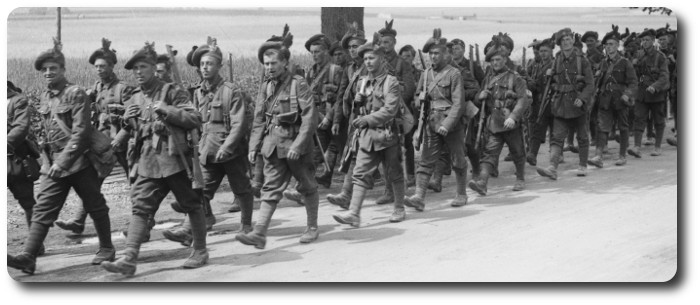
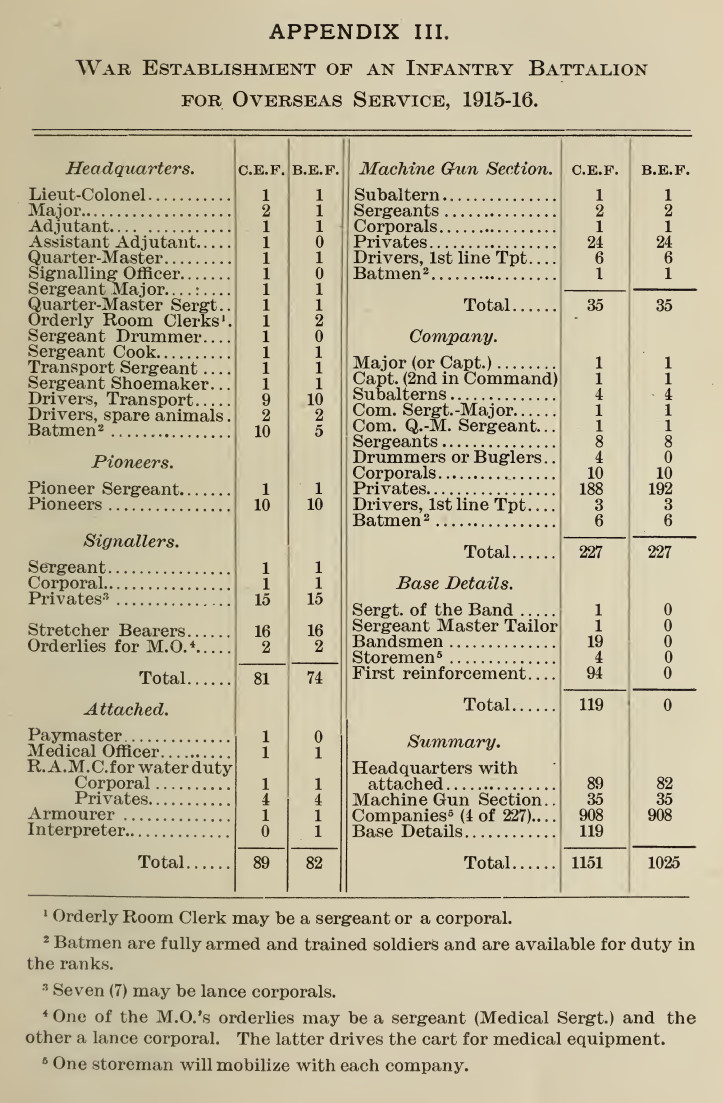
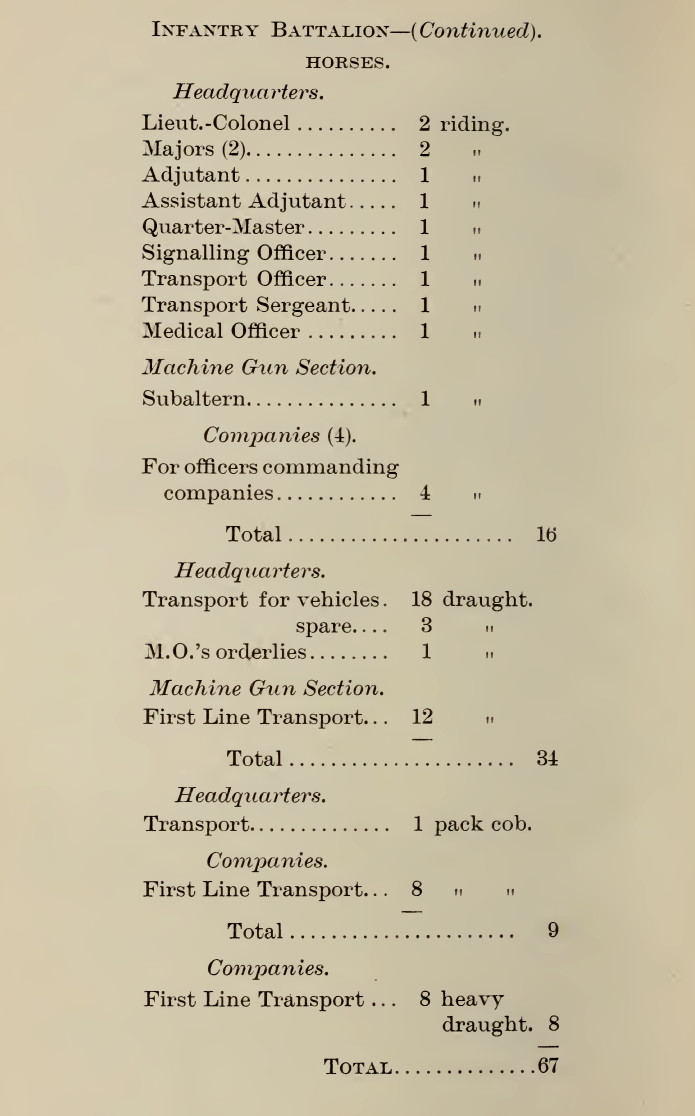
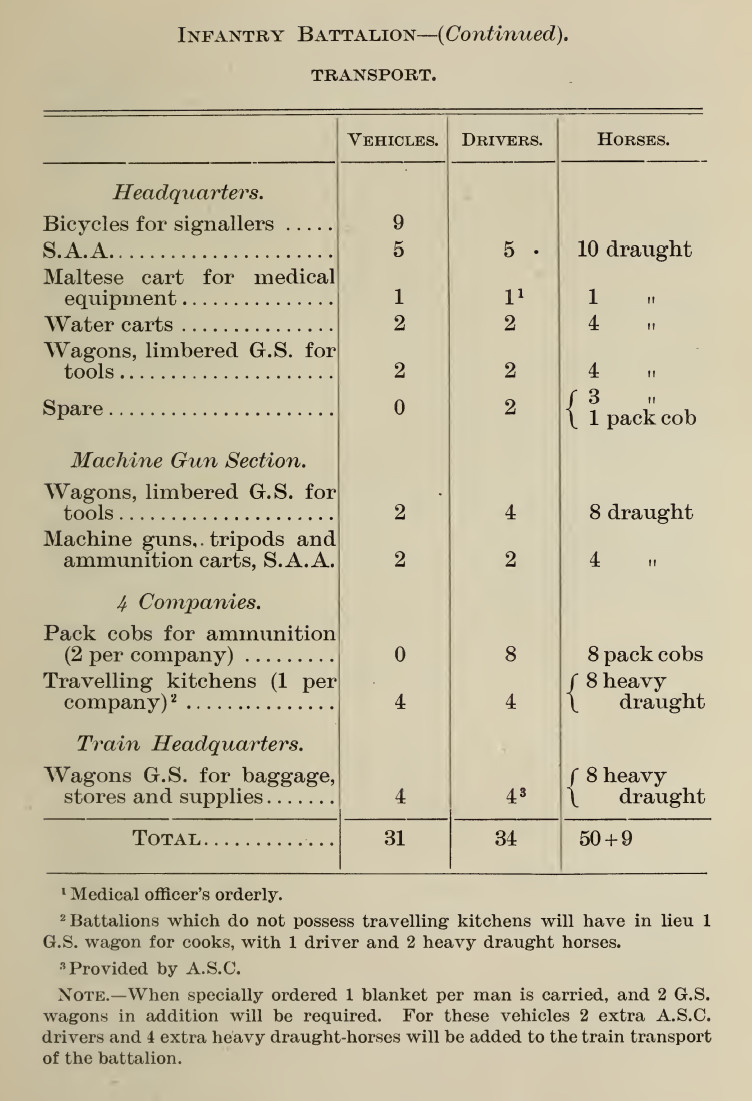


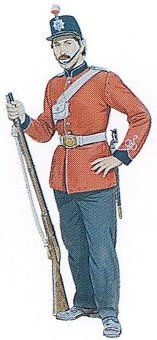 Regulations for the Annual Drill of 1874-75, Dominion of Canada
Regulations for the Annual Drill of 1874-75, Dominion of Canada
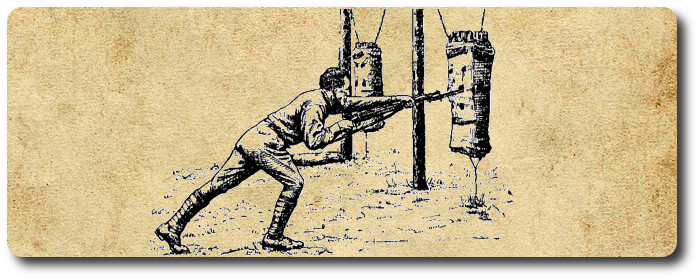
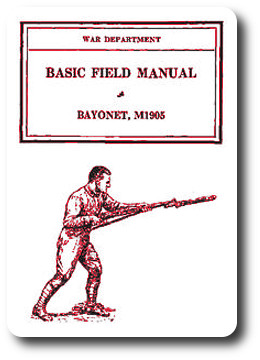 Washington, Sept. 20.—The General Staff of the army is hard at work on the new manuals for the sabre and the bayonet for the army. Hitherto these manuals have called for much skill on the part of enlisted men, so much, indeed, that few of them can acquire the art of wielding either weapon in a satisfactory manner. It is proposed to omit from the manuals everything of a fancy fencing character, such as is taught in the private drillrooms. It is intended that there shall be a return to the simplest methods, and that everything shall be on the most practical and useful basis. Both weapons are meant for use in time of war, and especially is this so of the bayonet. The officers who have been on duty in Manchuria with the Russian and Japanese armies are furnishing special reports to the General Staff on the subject, and such experts as Captain Herman J. Koehler, the master of the sword at the Military Academy, and Civil Engineer Cunningham, of the navy, who is an expert swordsman, and who had charge of the Naval Academy fencing last year, are also giving valuable advice along the line indicated. The War Department recently adopted a new type of sabre, which will be kept with a sharpened edge and carried in a wooden scabbard. A new bayonet was adopted several weeks ago, based on the results of the observations of our military attaches with the troops in Manchuria. The sabre and bayonet are therefore of fighting value, and the manual will be of a kindred practical spirit.
Washington, Sept. 20.—The General Staff of the army is hard at work on the new manuals for the sabre and the bayonet for the army. Hitherto these manuals have called for much skill on the part of enlisted men, so much, indeed, that few of them can acquire the art of wielding either weapon in a satisfactory manner. It is proposed to omit from the manuals everything of a fancy fencing character, such as is taught in the private drillrooms. It is intended that there shall be a return to the simplest methods, and that everything shall be on the most practical and useful basis. Both weapons are meant for use in time of war, and especially is this so of the bayonet. The officers who have been on duty in Manchuria with the Russian and Japanese armies are furnishing special reports to the General Staff on the subject, and such experts as Captain Herman J. Koehler, the master of the sword at the Military Academy, and Civil Engineer Cunningham, of the navy, who is an expert swordsman, and who had charge of the Naval Academy fencing last year, are also giving valuable advice along the line indicated. The War Department recently adopted a new type of sabre, which will be kept with a sharpened edge and carried in a wooden scabbard. A new bayonet was adopted several weeks ago, based on the results of the observations of our military attaches with the troops in Manchuria. The sabre and bayonet are therefore of fighting value, and the manual will be of a kindred practical spirit.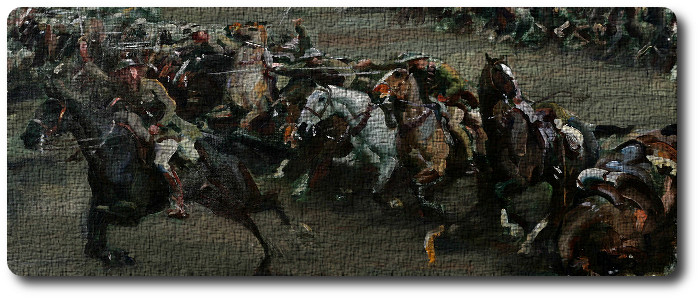
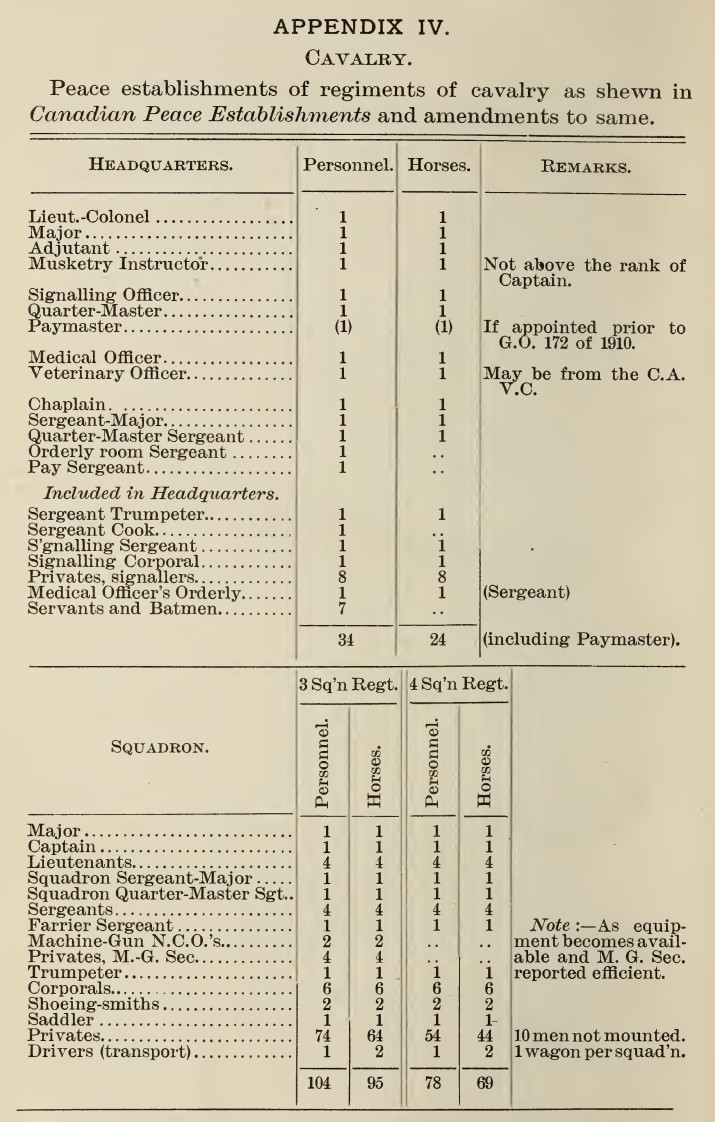

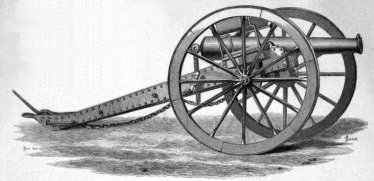 Designation.—Ordnance, wrought Iron rifled, M.L. 9 Pr. 8 cwt.
Designation.—Ordnance, wrought Iron rifled, M.L. 9 Pr. 8 cwt.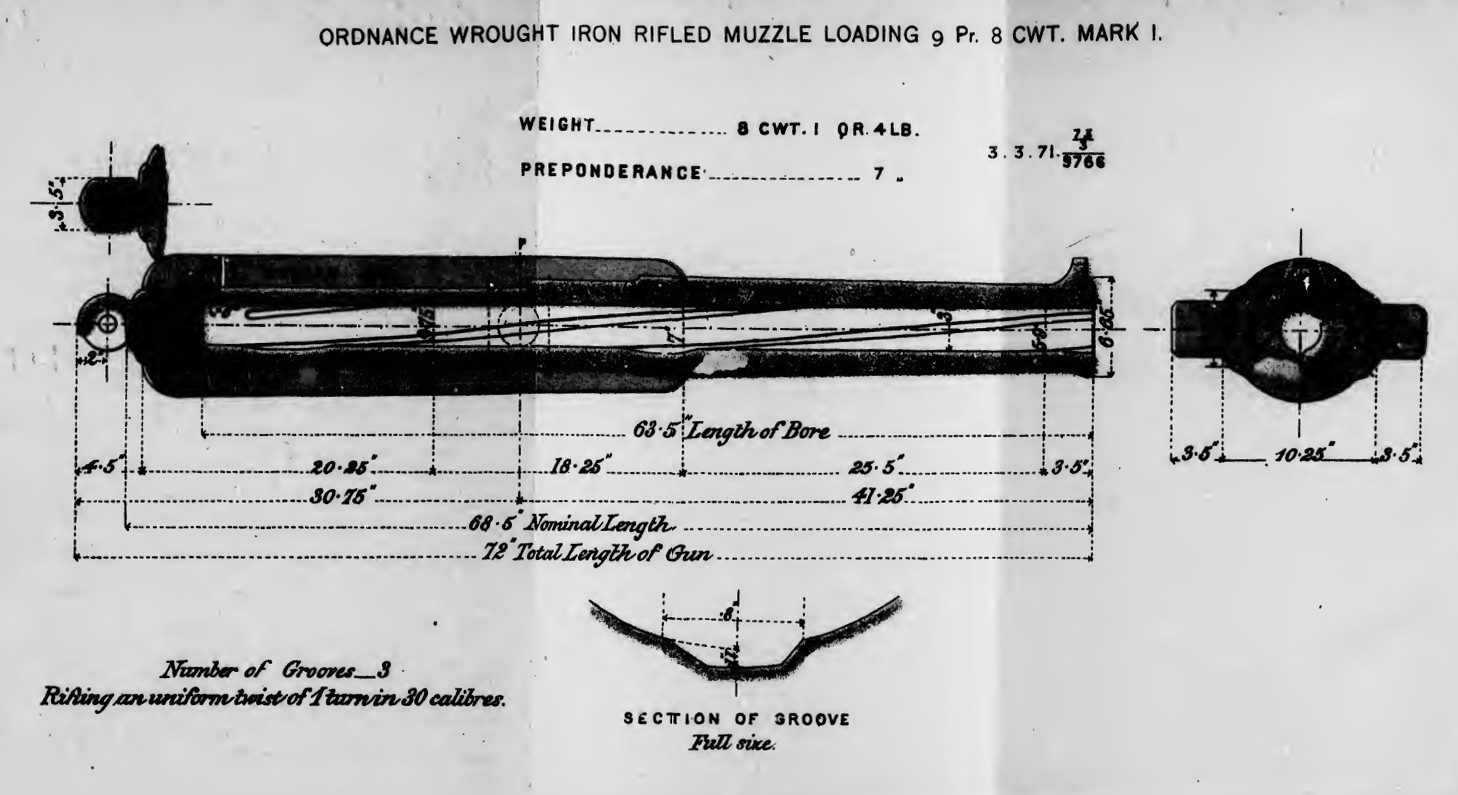

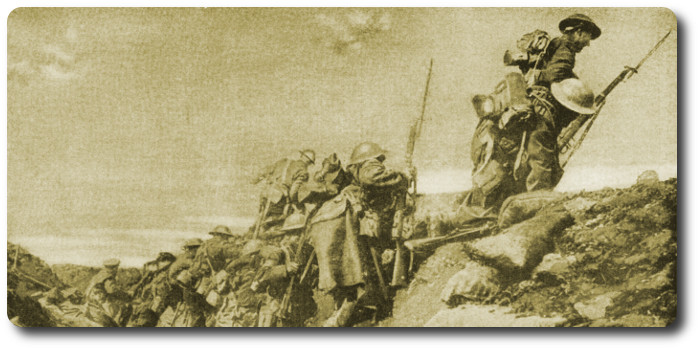

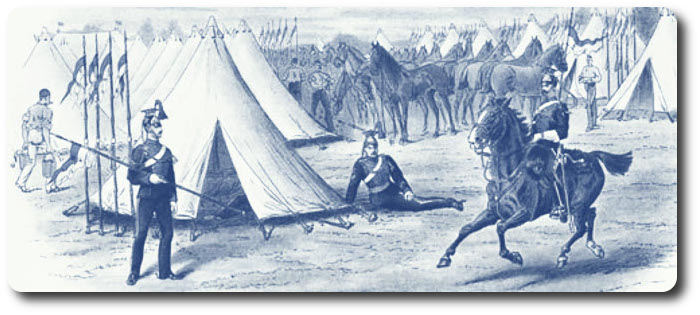
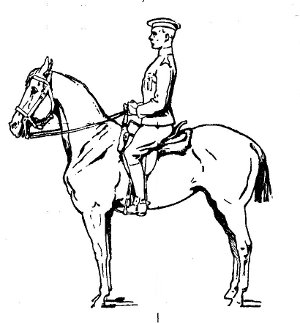 Cavalry.—The horse moves 400 yards at a walk, in about 3.9 minutes; at a trot in about 2 minutes; at a gallop in 1.4 minutes. His stride in walking is about 0.917 yards; at a trot 1.23 yards; at a gallop 3.52 yards. He occupies in the ranks 3 feet; in file 9 feet; in marching 12 feet. The heavy dragoon horse actually carries 270 pounds; if provided with one day's rations, 296 pounds, The light cavalry horse carries from 250 to 260 pounds, rations included. A cavalry horse should weigh about 1,000 pounds; height about 15.3 hands; girth round chest 80 inches. A day's rations for a horse is 10 pounds oats, 12 pounds hay, and 8 pounds straw in stable; 8 pounds oats, 18 pounds hay, 6 pounds straw, in billets; 32 pounds hay where no oats or bran are given; 9 pounds of oats are equal to 14 pounds bran. He will drink about 7 gallons of water daily. A horse should not be watered too early in the morning in cold weather. Horses' backs should be examined closely on saddling and unsaddling the least flinching should be taken notice of, and hot fomentations applied constantly. Kicks and contusions should be treated by hot fomentations, poultices, and cold water. A dose of physic may be necessary, depending on extent of tumefaction and pain. Sprains should be fomented; a dose of physic given, and cold water bandages applied. Cough and cold: soft diet, a fever ball with a little nitre; stimulate or blister the throat, if sore. If bleeding is necessary, rub the neck on the near side close to the throat, until the vein rises; to keep it full, tie a string round the neck, just below the middle; strike the fleam into the vein smartly, with a short stick. If the blood does not flow freely, the blow being properly struck, it may be made do so by holding the head well up, and causing the horse to move its jaws. After a march, first take off the bridles, tie up horses by headstall chains; loosen girths, turn up crupper and stirrups; sponge nostrils and eyes, and rub the head with a dry wisp; pick and wash feet, and give hay; wipe bit and stirrups. After the men have had their meal, saddles are taken off and the horses cleaned, watered, fed, and bedded. Upon the vigour with which grooming is performed, greatly depends the condition of the horse, when exposed to fatigue or exposure to the weather. Hand rubbing the legs and ears, not only till they are dry, but until the blood circulates freely, should be particularly observed.
Cavalry.—The horse moves 400 yards at a walk, in about 3.9 minutes; at a trot in about 2 minutes; at a gallop in 1.4 minutes. His stride in walking is about 0.917 yards; at a trot 1.23 yards; at a gallop 3.52 yards. He occupies in the ranks 3 feet; in file 9 feet; in marching 12 feet. The heavy dragoon horse actually carries 270 pounds; if provided with one day's rations, 296 pounds, The light cavalry horse carries from 250 to 260 pounds, rations included. A cavalry horse should weigh about 1,000 pounds; height about 15.3 hands; girth round chest 80 inches. A day's rations for a horse is 10 pounds oats, 12 pounds hay, and 8 pounds straw in stable; 8 pounds oats, 18 pounds hay, 6 pounds straw, in billets; 32 pounds hay where no oats or bran are given; 9 pounds of oats are equal to 14 pounds bran. He will drink about 7 gallons of water daily. A horse should not be watered too early in the morning in cold weather. Horses' backs should be examined closely on saddling and unsaddling the least flinching should be taken notice of, and hot fomentations applied constantly. Kicks and contusions should be treated by hot fomentations, poultices, and cold water. A dose of physic may be necessary, depending on extent of tumefaction and pain. Sprains should be fomented; a dose of physic given, and cold water bandages applied. Cough and cold: soft diet, a fever ball with a little nitre; stimulate or blister the throat, if sore. If bleeding is necessary, rub the neck on the near side close to the throat, until the vein rises; to keep it full, tie a string round the neck, just below the middle; strike the fleam into the vein smartly, with a short stick. If the blood does not flow freely, the blow being properly struck, it may be made do so by holding the head well up, and causing the horse to move its jaws. After a march, first take off the bridles, tie up horses by headstall chains; loosen girths, turn up crupper and stirrups; sponge nostrils and eyes, and rub the head with a dry wisp; pick and wash feet, and give hay; wipe bit and stirrups. After the men have had their meal, saddles are taken off and the horses cleaned, watered, fed, and bedded. Upon the vigour with which grooming is performed, greatly depends the condition of the horse, when exposed to fatigue or exposure to the weather. Hand rubbing the legs and ears, not only till they are dry, but until the blood circulates freely, should be particularly observed. 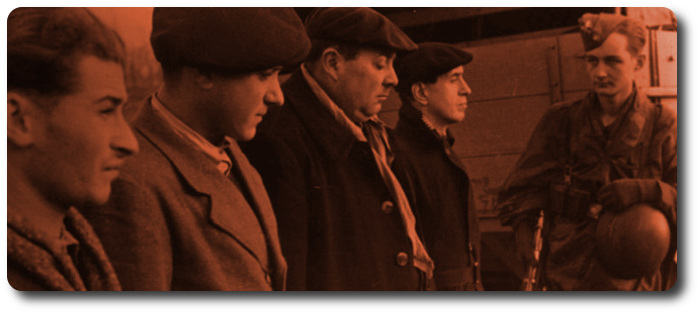

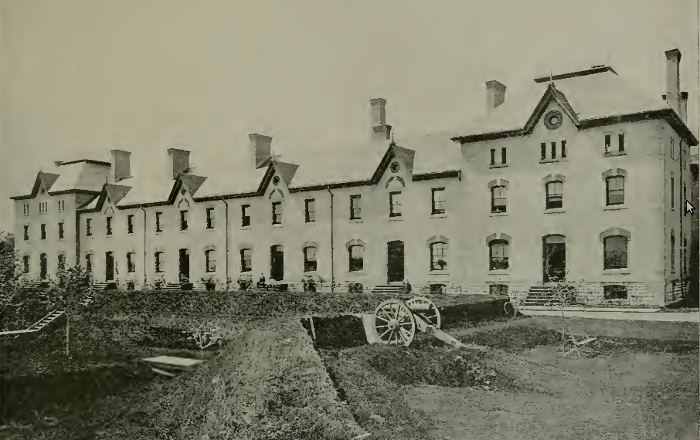

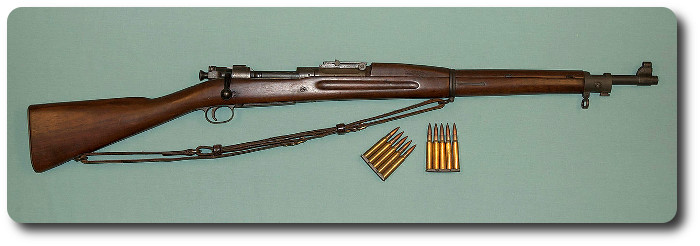
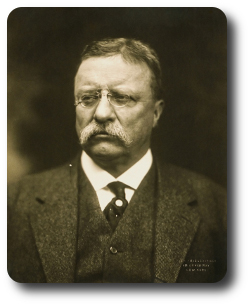 Boston Evening Transcript, 20 April 1905
Boston Evening Transcript, 20 April 1905
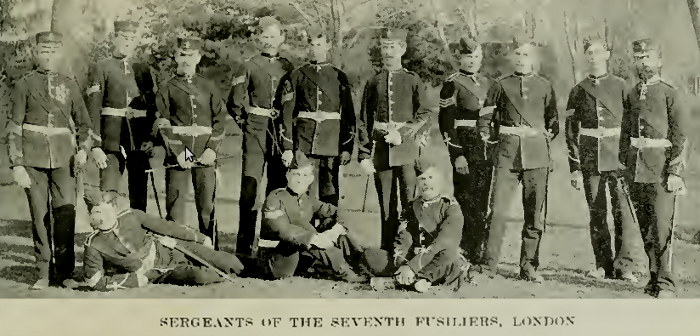
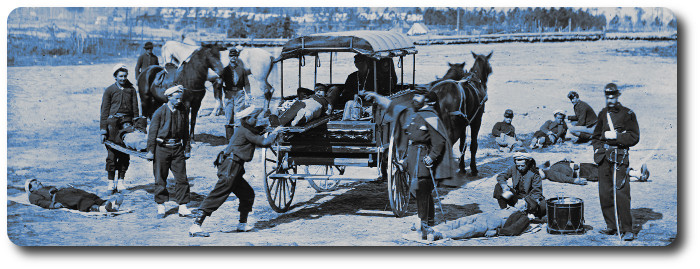
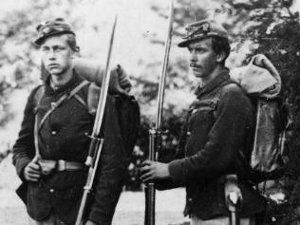 One of the most valuable contributions to the progress of medical science is undoubtedly the series of volumes recording "
One of the most valuable contributions to the progress of medical science is undoubtedly the series of volumes recording "


